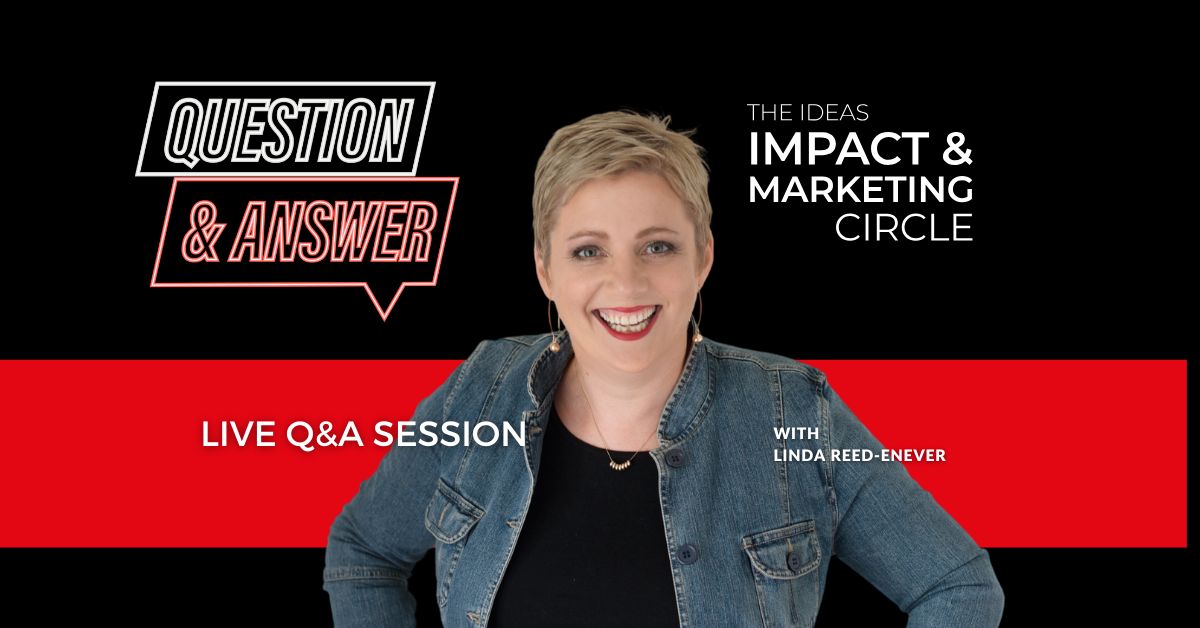So lets’ look at some tips on using Statistics to Power Up Your Message in Your Press Release.

Use authoritative sources:
Good research using authoritative sources is one of the easiest ways to build your credibility. When blogging, using Facebook Live or even when creating memes and infographics, seek out relevant, timely information from a reliable source.
These sources include reputable news outlets, government websites and industry bodies.
Make sure they are timely:
Relevant, timely statistics are a great way of adding weight to any argument or theory you propose in your content. Again these can be derived from reliable sources, such as published studies, government data, industry insights, news sites and more.
When you stumble across a statistic in other people’s content and wish to use it, try to go directly to the source to find the context of what was said, and don’t forget to cite your source.
Fact check:
It’s all well and good to reel out reams of facts, stats and research, but it’s also critical to ensure what you publish is accurate and reflected in the right context.
In other words, fact check and link people to the place where the information is coming from so they can also see it for themselves, should they wish.
Citing incorrect or inaccurate data, statistics and facts has the potential to produce the opposite effect of credibility, damaging your reputation as an authoritative source.
Quote when you can.
A well-used, well-timed quote can work wonders to increase the authority of your content. For example this is a great intro to a blog about the value of content, using a seminal quote by Bill Gates…
“Back in 1996 Microsoft founder Bill Gates gazed into the crystal ball of the then fledgling internet and penned an essay entitled “Content is king”. He kicked off with the bold words: “Content is where I expect much of the real money will be made on the Internet, just as it was in broadcasting”.
“Twenty years down the track it’s evident how right he was. Content has become one of the major strategies employed by brands to engage with consumers, highlight their expertise and establish a voice for the brand.”
Top tips for Statistics:
Use timely facts
There’s no point using facts or statistics if they’re out of date. Try to seek current information where possible.
Be location-specific
By nature, most statistics and facts come from the US. Where possible try to use information that is relevant to the location of your audience and be specific about where it’s coming from.
For example: “A recent study of over 2000 American shoppers found…”
Cite your sources
If you are using information derived from studies, other websites or online research, credit your source. This can be as simple as a link to the relevant site.
Quite frankly, at the least it’s bad manners and poor research strategy not to cite your source, and at the worst it’s pure plagiarism if you’re using significant portions of another person’s text.
For example: “The latest Census indicates the average Australian female is 38-years-old”.
It’s worth noting these external (or “outbound”) links can also improve your SEO. When hyperlinking to external text, ensure you set the link to open in another window, so people are not directed away from your site.
Don’t overdo it
Yes, statistics and facts are great for building credibility, but you’ve got to have some substance and a persuasive argument in your content as well.
Ensure the facts, stats and sources you use are timely, relevant and serve a purpose in the argument you’re making or the topic you are trying to cover.
Share the love
If you’re interviewing an expert or featuring a guest poster, encourage them to share their content on their own social media channels as well.
Great places to find facts and stat’s
The Australian Bureau of Statistics
The ABS has a wealth of interesting statistics and information, although their site can be tricky to navigate. The ABS is particularly useful for demographics with the latest Census a great place to start.
The Government
State and Federal governments have a wealth of statistics and facts on their relevant sites. They are also regarded as a very credible source.
News sites
Major news sites are great for quotes about current issues and occasional facts and statistics. Look for verified news sites like the ABC, News Corp, The Guardian, CNN, NBC, the BBC, New York Times, Wall Street Journal etc.
Statista
Statista has all sorts of fascinating and current statistics that cover all sorts of issues and industries – from tech adoption to industry forecasts.
PwC and other major research firms
Big research firms like Price Waterhouse Coopers and Gartner boast lots of statistics, studies and insights. Some require a paid subscription, others can be readily downloaded as reports.
The World Health Organization
If you’re looking for global statistics and insights on health issues, the WHO is a great source, with loads of information on a whole range of health matters.
Industry bodies
Most industry bodies have their own published research and informative blogs. These too are a great resource to tap for quotes, stats and trends.
For example, if you’re looking for information about orthodontics, then head to the Australian Society of Orthodontists. Or if you want to tap into information about housing, try the Housing Industry Association etc.
Statistics add great power to the credibility of your release, what stat will you use in your next release?








